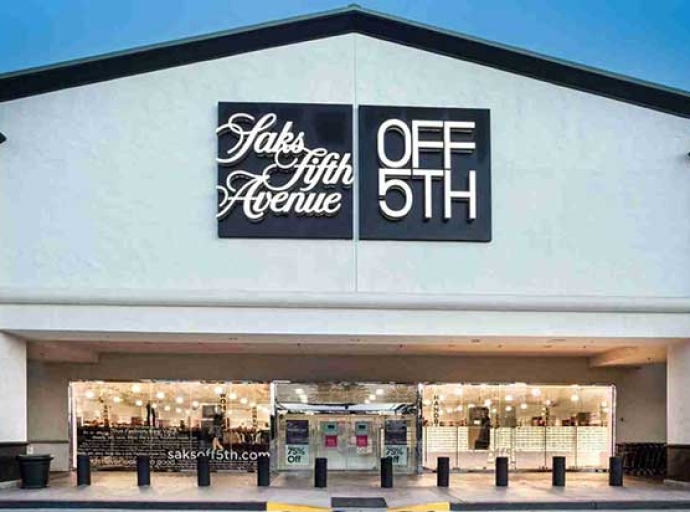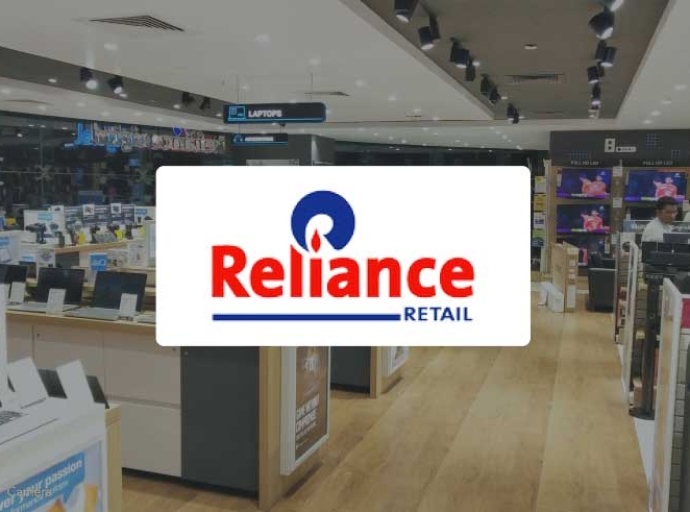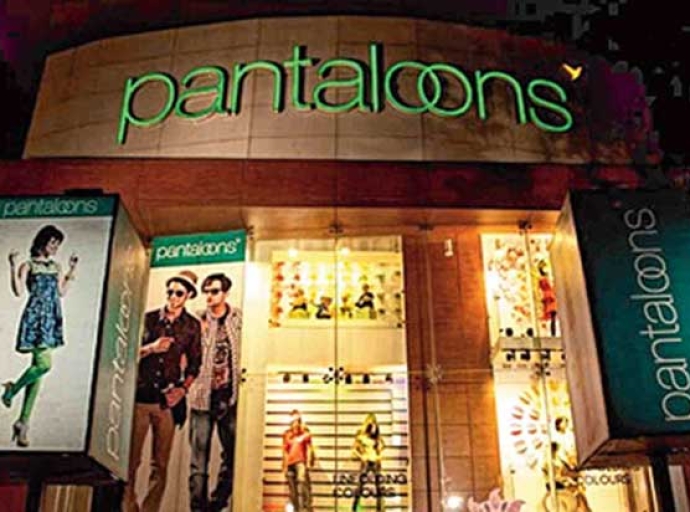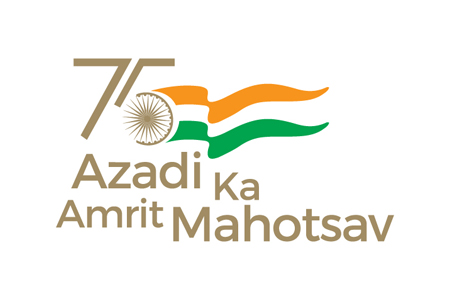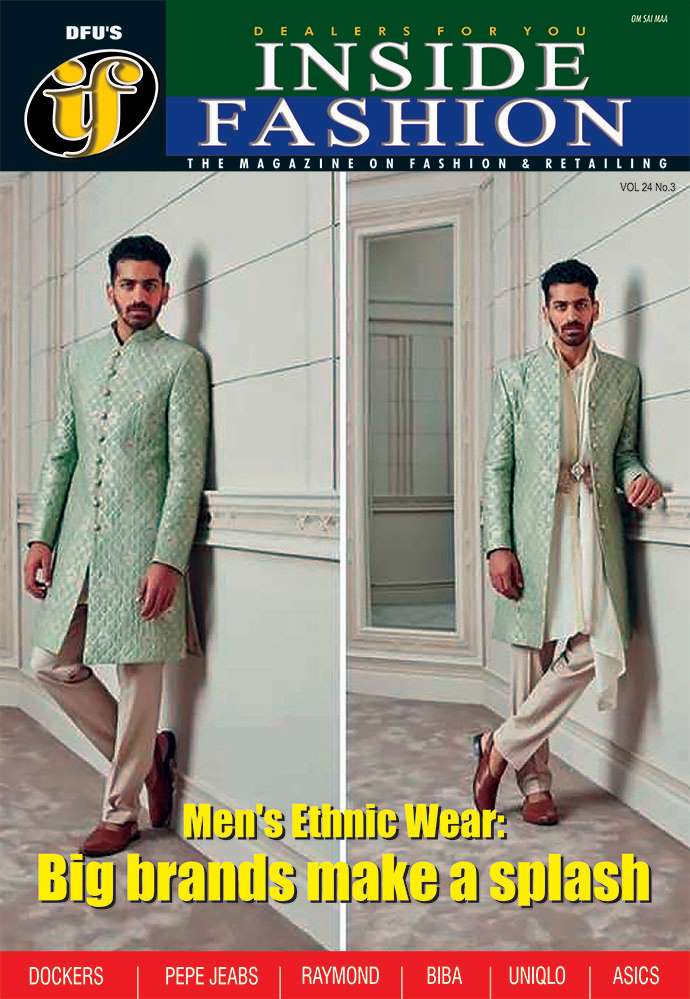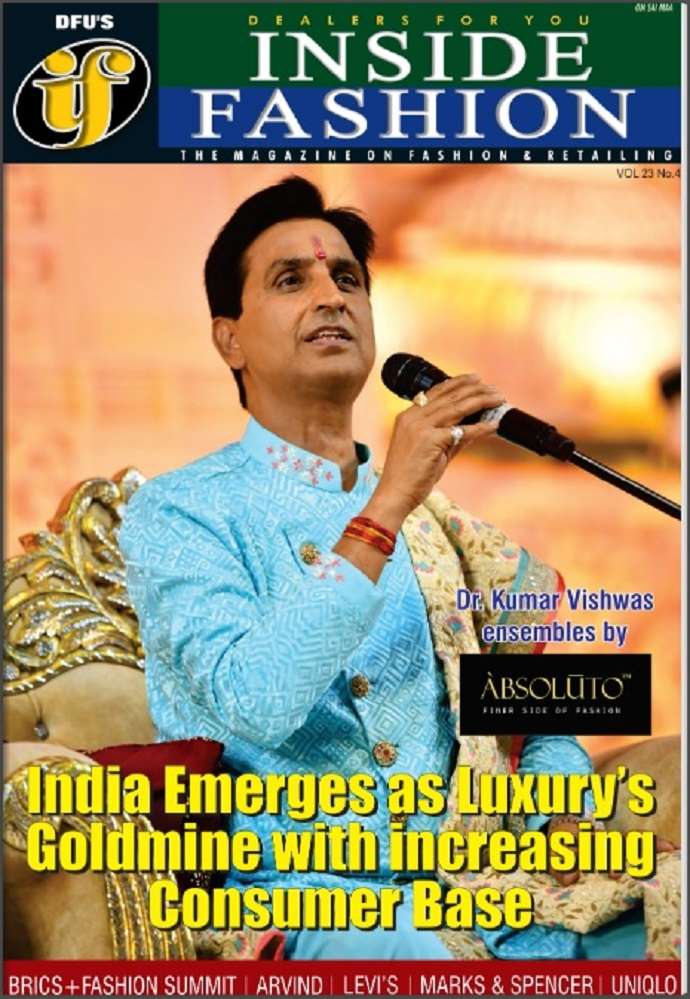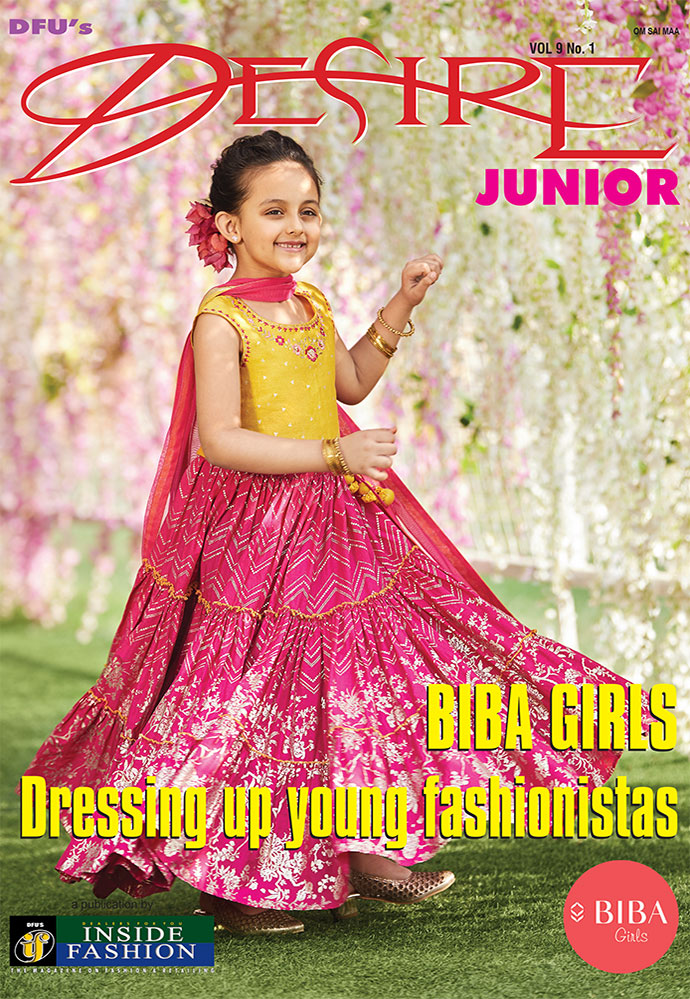India Beckons: GCC retailers leverage digital & local ties to enter luxury sector

25 February 2025, Mumbai
The bustling markets of Mumbai, the tech hubs of Bengaluru, and the opulent wedding venues of Delhi are increasingly becoming the focal points for GCC retailers, who see India’s growing luxury market as a lucrative $60 billion opportunity. Pushed ahead by a digital revolution, a rising middle class, and a growing appetite for premium experiences, India presents a fertile ground for GCC brands to expand their reach and solidify their global presence.
A macro view of India’s fashion market
India's robust economic growth has led to higher disposable incomes, particularly among the affluent and middle-class segments. And the increasing number of high-net-worth individuals (HNWIs) created demand for premium products and experiences. This coupled with over 220 million online shoppers and India's digital revolution has reshaped consumer behavior, making e-commerce a crucial channel for luxury brands.
Indian consumers are embracing global trends while retaining a strong affinity for their cultural heritage. This creates a unique blend of demand for both international luxury and culturally relevant products. The $130 billion wedding industry, with a substantial portion dedicated to jewellery and apparel, remains a significant driver of luxury spending.
GCC’s advantage in India
GCC countries, particularly the UAE, are strategically positioned to capitalize on the Indian market for several reasons. The most important is the cultural affinity. The large Indian diaspora in the GCC, especially in the retail and luxury sectors, provides invaluable insights into Indian consumer behavior and preferences. In fact, GCC companies are exploring partnerships with Indian retailers and e-commerce platforms to gain local market knowledge and distribution networks. Moreover India has strong trade ties with GCC countries. Existing economic ties and trade agreements between the GCC and India facilitate smoother market entry and business operations.
Geographic proximity allows efficient logistics and supply chain management. And the frequent travel of Indian HNWIs between India and the GCC creates opportunities for brand exposure and influence. Collaborations with Indian celebrities and influencers, such as Louis Vuitton's partnership with Deepika Padukone and Bulgari's association with Priyanka Chopra, are crucial for building brand awareness and credibility. The leading GCC countries with a strong stake in India are:
UAE: Dubai-based Apparel Group's expansion with R&B Fashion stores highlights the UAE's proactive approach. The company's successful expansion into South Indian cities demonstrates the effectiveness of targeting regions with significant expat populations and strong consumer demand. What’s more, the UAE's established luxury retail infrastructure and its position as a global hub make it a natural gateway to the Indian market. The UAE's strong e-commerce platforms are well-positioned to leverage India's digital boom. As Christophe Caïs, Founder and CEO of CXG says, “This cultural bridge provides GCC retailers with invaluable insights into Indian consumer behaviour, preferences, and market dynamics, enabling more targeted and culturally relevant strategies.”
Saudi Arabia: Saudi Arabia's Vision 2030 that focuses on diversifying the economy and developing the retail sector is driving interest in international markets like India. The Kingdom's growing middle class and increasing consumer spending power make it a potential source of investment and expansion for Indian brands. Saudi Arabia's increased focus on tourism, and luxury tourism, has also caused a greater flow of high net worth individuals between the two nations.
Qatar: The country’s focus on luxury retail and hospitality aligns with the growing demand for premium experiences in India. Qatari investments in infrastructure and logistics can facilitate efficient trade and distribution. Kuwait, Bahrain, and Oman: These countries, with their affluent consumer bases, are also exploring opportunities in the Indian luxury market, particularly in sectors like jewellery, beauty, and wellness.
Table: Market sector and GCC opportunities
Sector Estimated market size Growth drivers GCC opportunities Luxury E-commerce $60 Billion Digital penetration, rising disposable incomes Omnichannel platforms, personalized experiences, localized payment options Wedding Jewellery $35-$40 Billion (2023) Cultural significance, status symbol, shifting preferences Culturally relevant designs, digital marketing, influencer collaborations Beauty Market $20 Billion (2024) Growing awareness of beauty and wellness, increasing demand for premium products Ayurveda-inspired products, sustainable beauty, e-commerce engagement
However, for GCC companies doing business in India also means navigating India's complex regulatory environment; adapting to diverse consumer preferences across different regions; building brand awareness and trust in a competitive market; adapting localized payment systems.
Therefore, the Indian luxury market does present a growth opportunity for GCC retailers as brands can effectively tap into this market and establish a strong foothold in one of the world's fastest-growing economies. However, the key to success lies in understanding the nuances of the Indian consumer, adapting to local preferences, and embracing innovation.
Latest Publications



